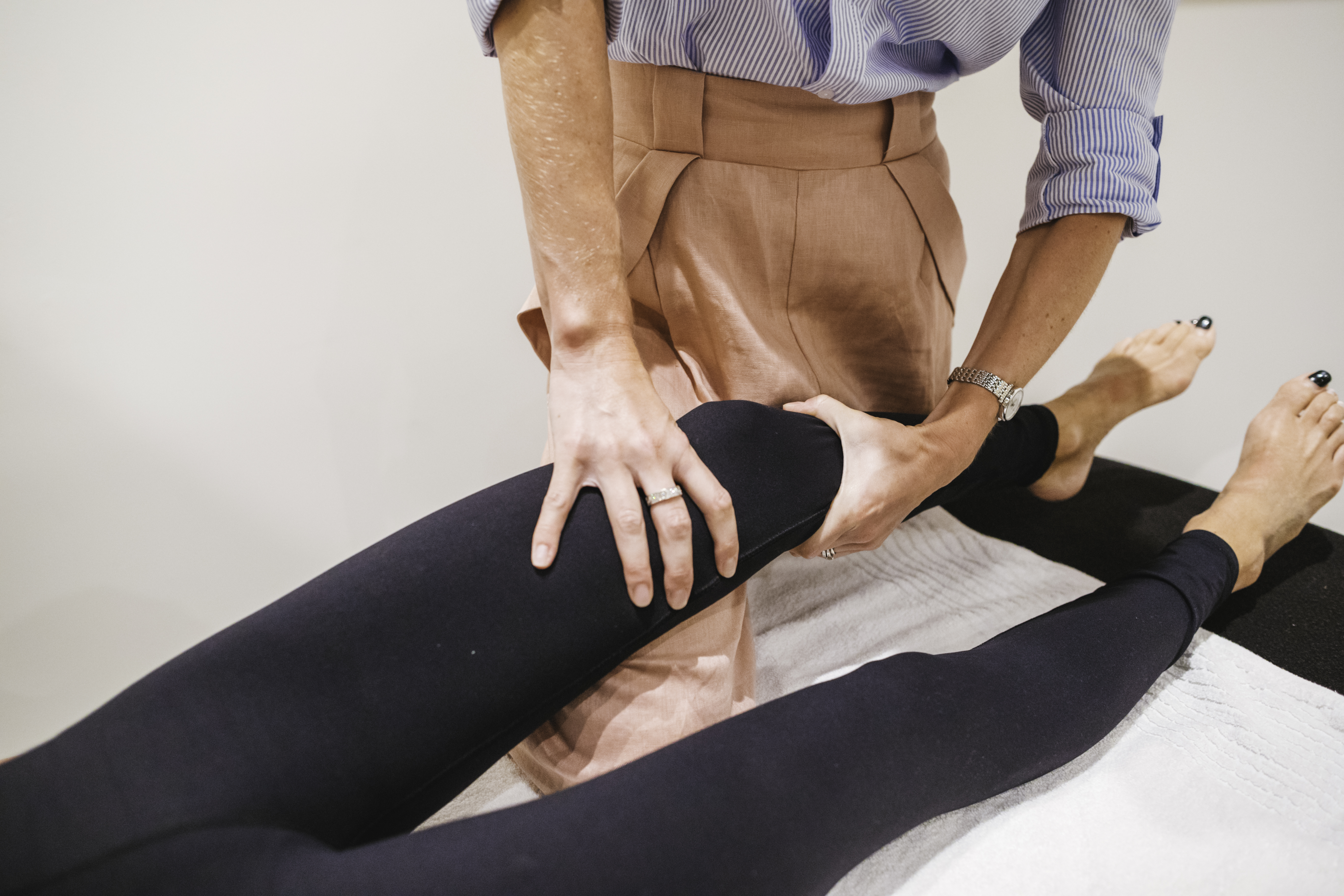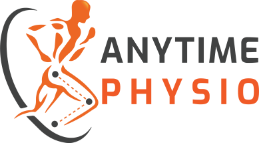
As you get older, your body is bound to experience various types of pain and discomfort in one way or another. Whether it is backaches that are caused by bad movements or a difficulty moving around as opposed to before, the signs of ageing are often unfriendly when it comes to the functionality of the human body.
Beyond all the different signs, symptoms, and conditions that can come about when you grow older, there’s one condition that you may probably need to start worrying about more, which is the runner’s knee.
Runner’s knee, explained
This common condition is one that is often defined as a sensation of pain in the kneecap or its surrounding regions after varying degrees of activity. If you’ve experienced a bit of pain around your kneecap after a day of running or simply climbing stairs, then you may be experiencing the early stages of this condition!
As daunting as it sounds, runner's knee is not a real condition; Runner's Knee is a common term used to describe a variety of knee related ailments. Generally, the grinding, rubbing, clicking, and discomfort associated with this 'condition' can be traced to four legitimate conditions, namely:
- Anterior Knee pain syndrome
- Patellofemoral Malalignment
- Chondromalacia Patella
- Iliotibial Band syndrome
When it comes to proper treatment, it’s essential to understand that you must first be able to pinpoint which condition is causing your pain so that you can properly treat the problem and fully restore the functions of your joint! A physiotherapist can perform a full assessment and identify which condition you are experience.
What causes runner’s knee
Although each condition may be different regarding its symptoms and best treatment practices, runner’s knee and its associated cases can be traced to a few common causes:
Kneecap misalignment: Most, if not all, arising conditions associated with runner’s knee are caused by a misalignment of the kneecap, which may all come about because of injuries. They eventually lead to structural defects in the soft tissues surrounding the joint.
Overuse: Another common cause that contributes to the rise in runner’s knee-associated conditions is overuse. When combined with improper technique or inadequate recovery time and an absence of proper rehabilitation, overloading yourself with exercises or sporting activities can lead to irritation of the tendons or ligaments surrounding the kneecap.
Weak thigh muscles: As the prime aligner of kneecaps and reinforcer of proper posture during use, the body’s thigh muscles are responsible for upholding knee health at all times. When these groups are weak, however, complications and injuries related to runner’s knee can occur as resulting movements can contribute to incremental damage over time.
How you can prevent runner’s knee
While there may be many different ways to effectively cure the conditions, there are a few home remedies that you can follow to mitigate the effects of runner’s knee or prevent them from taking place:
- Perform regular exercise to prevent any untoward weight gain that will add to the total amount of force your knees take with daily use
- Warm-up before a workout to ease up the stress and stretch the surrounding muscles of your kneecaps for optimal function
- Wear proper footwear to prevent any implications of flat footedness and their associated effects on kneecap and knee joint health
Conclusion
When it comes to treating runner’s knee, there are two things to understand above all else. First, remember that there’s no such thing as runner’s knee, only the conditions that are commonly associated with it. Second, it is possible to prevent it by yourself as long as you keep the right tips in mind. With the help of this guide, you can get the workaround down and prevent any further problems in the long run!
We’re a physiotherapy clinic in Brisbane that specialises in treating knee pain and other common problems in the most convenient and effective way possible. Schedule an appointment with us today to see how we can best help you recover!

